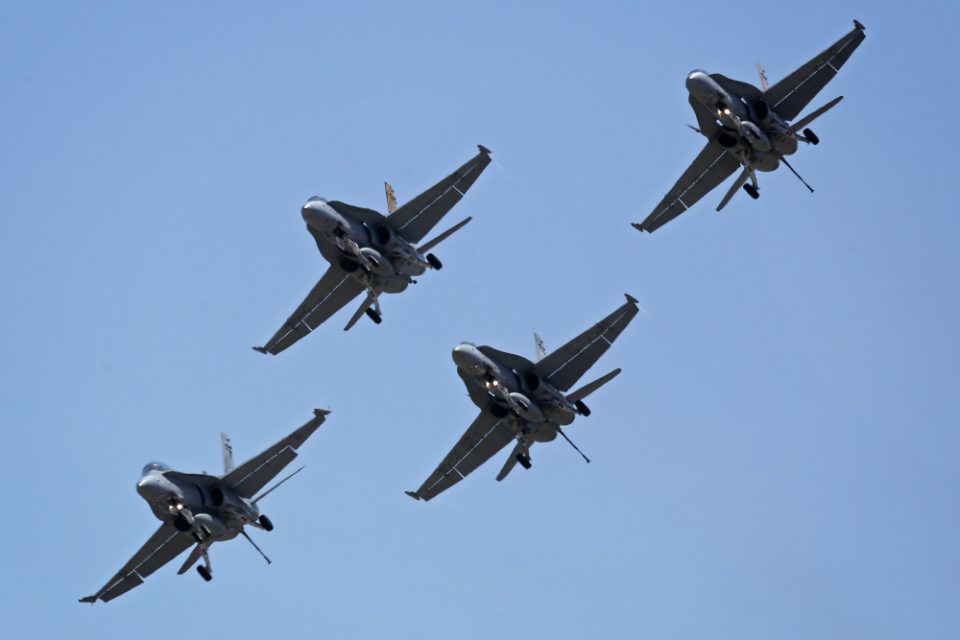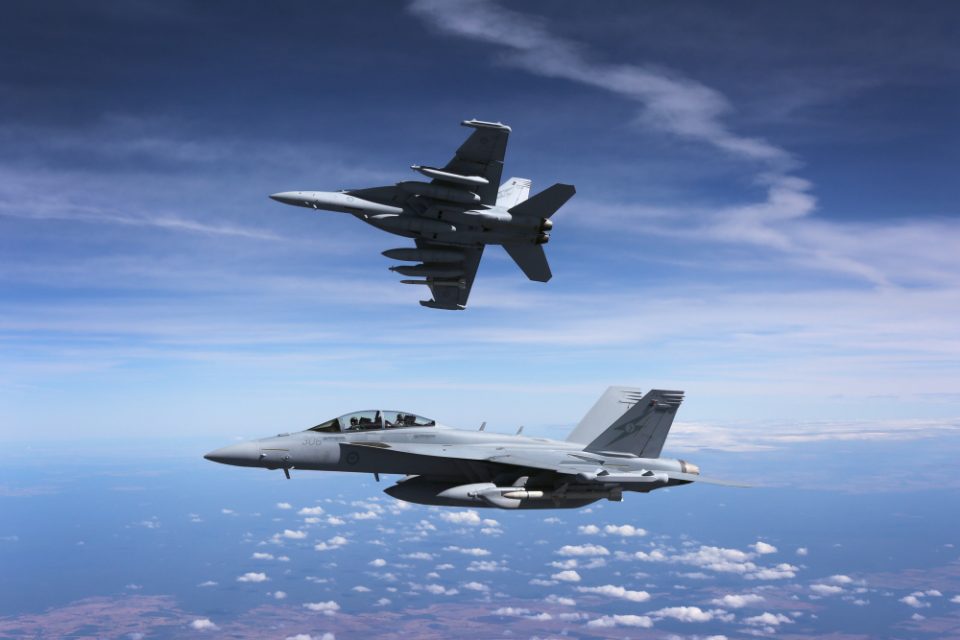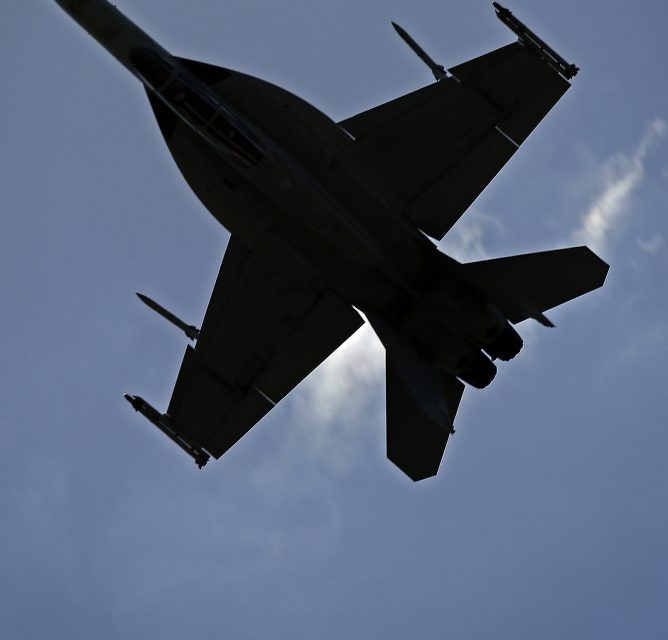2017-08-29 By Robbin Laird
The title of this piece might seem obvious — why would not the US do everything possible to put the best equipment into the field?
The answer is simply that the foreign investment equation is largely absent in the US political calculus.
There would be no F-35 without allies and allied investments or certainly nothing resembling the F-35 global enterprise.
There would be fewer P-8s and less effective ASW protecting the US and allied fleets.
The usual excuse — to protect US jobs — simply is not credible for sales to any country by any other country leads to tech transfer and jobs creation.
And now there is a new urgency to get on with it.
The shift from slo mo to preparing for high tempo and high intensity operations is a major challenge for the US military and its allies. It is about a culture shift, a procurement shift, an investment shift. But mobilization is even more important than modernization.
To get ready for the shift, inventory needs to become more robust, notably with regard to weapons. In visiting US bases, a common theme in addition to readiness and training shortfalls, is the challenge of basic inventory shortfalls.
The Trump Administration has come to power promising to correct much of this. But there simply is not enough time and money to do readiness and training plus ups, mobilization and rapid modernization.
Donald Trump as a businessman might take a look at how DoD could actually functions as an effective business in equipping the force and having highlighted the question of allies might be pleased to learn of significant allied investments in new combat systems which his own forces can use, thus saving money and enhancing capability at the same time.
One way to augment the force would be to do something which would seem to be at odds with the Make America Great notion. As one of my Danish friends put it well: “I have no problem with the idea of making America great again. For me, the question is how?”
One way to do so would be leverage extant allied programs and capabilities which if adopted by the US forces would save money but even more importantly ramp up the operational capability of the US forces and their ability to work with allies in the shortest time possible. By so doing, the US could target investments where possible in break through programs which allies are NOT investing in.
It is time to take a global view as the coming of the F-35 and the P-8 have made it very clear that global technology is a key element for shaping 21st century high intensity combat forces, even when leaders seem to be at odds.
There are many examples of this low hanging fruit, which can be exploited.
And the old bromide that this would cost US jobs is simply not true – foreign producers like American ones build in the country where they export rather than simply exporting the end product.
First, there is question of rapidly inserting unmanned assets.
While the US Navy researchers how to provide for new capabilities, allies are already deploying a key underwater unmanned asset to work the demining issue.
The SAMDIS solution is in use by several allies and as Norman Polmar and I noted:
Advanced Acoustic Concepts, a DRS/Thales joint venture based in the United States, has devised SAMDIS––Synthetic Aperture and Mine Detection Imagery Sonar––a system with multiple capabilities that can be rapidly deployed to provide the underwater “big picture.”
SAMDIS has been in production for four years and is in operational service with several allied nations.
In particular, Britain and France employ SADMIS in their joint mine countermeasures program. The system is software upgradable, which means that experience with the now deployed and operational systems can easily provide data for software upgrades of contemporary as well as future versions.
Also, because SAMDIS is platform agnostic and scalable, it can be deployed on a variety of current and future platforms. Although especially configured for deployment from unmanned underwater vehicles, it can be deployed from unmanned surface vehicles.
These could be hosted by the U.S. Navy’s littoral combat ships (LCS) or other naval or commercial ships of opportunity.
https://sldinfo.com/new-underwater-effectiveness-the-samdis-solution/
Second is the question of getting on with regard to the weapons revolution.
Rebuilding the stockpile of current weapons is a key priority but while doing so allied weapons could be adopted as the “new investments” to the inventory while the DoD sorts through how to get on with longer range weapons and higher speed weapons to enhance the high intensity Warfighting capabilities of the US and allied forces.
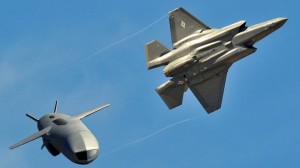 JSM with F-35A Credit: US Air Force/Forsvarsdepartementet
JSM with F-35A Credit: US Air Force/Forsvarsdepartementet
One example is the Joint Strike Missile which is designed for attack on surface ships flying off of an F-35 and will be used initially by the Norwegians (who have developed it) and the Japanese and Australians. As it already will be launched on an F-35A, the US can simply by it as part of the inventory upgrade effort.
https://sldinfo.com/allies-missiles-and-the-f-35-the-case-of-the-joint-strike-missile/
Another example is provided by the MBDA missiles coming on line for the F-35.
Weapons such as Meteor for air-to-air or Spear 3 for ground attack from an F-35 are in the works and could be included as well in any inventory build up.
The key role of allies in F-35 can simply miss the point that the global enterprise provides a unique mobilization opportunity for US and allied forces.
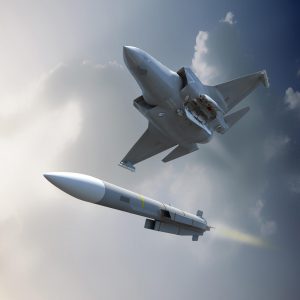 The Meteor being fired by F-35B. Image credited to MBDA.
The Meteor being fired by F-35B. Image credited to MBDA.
The coming of the F-35 provides a significant opportunity to leverage the investment efforts of core allies as is happening in the UK with 5th Gen weapons such as Meteor and SPEAR 3:
F-35 as a global enterprise – the 9-Nation MOU encourages US allies in the program to invest in core capabilities for the benefit of the JSF partnership – Meteor and SPEAR 3 are examples of this;
F-35 is the bedrock for high end warfare and 5th generation weapons such as Meteor/SPEAR 3 will help maximize coalition capabilities with direct benefit to the US services in the joint fight;
The integration of 5th Gen weapons such as Meteor onto 4th Gen platforms also enables the allies to better utilize their whole combat air force, not just their 5th Gen platforms.
For the US, this path opens up a number of options; one example is the potential interoperability of UK and USMC F-35Bs afloat where jets would be able to fly from each other’s decks with whichever weapons are to hand. It could go a step further and open up a scenario where the US consider adopting these new weapons onto US F-35s, which share integrative commonality with allied F-35s.
The United States could thus leverage allied investments in the weaponization of the global F-35 in a significant way, but not if it follows a protectionist policy or continues to pursue the legacy of the most recent Administration’s legacy to often have competition for competitions sake rather than simply moving ahead with the off the shelf solution.
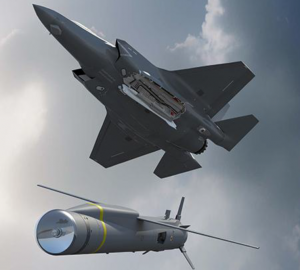 Artist Rendition of F-35 Firing Spear 3 Missile. CreditL MBDA
Artist Rendition of F-35 Firing Spear 3 Missile. CreditL MBDA
Allied weapons integration on the F-35 provides a range of off the shelf solution sets for the US forces, which should be leveraged. The US can put its investment into additional weapons capabilities rather than simply investing in areas already covered by advanced weapons capabilities developed and deployed by allies.
The F-35 global enterprise provides a way ahead for more rapid development of weapons, by leveraging allied investments and capabilities whilst the US develops new capabilities in parallel, which can then be offered to the allied F-35 users as well. A new business model has emerged precisely when a new Administration has arrived in Washington, which has underscored its desire for new business models.
Here one is staring them directly in the face.
A third example is provided by the Wedgetail which the Aussies have made a key combat asset within the high-end force and are looking to invest in its further development. Leveraging multiple years of development and combat operations to get on with the post-AWACs world makes more sense than simply continuing the slow roll of upgrading AWACs.
For example, the Aussie Wedgetail has come to Red Flag 2017-1 and has provided advanced C2 and support to a fifth generation enabled air combat force. F-35s, F-22s and advanced legacy aircraft like Typhoons were supported throughout by the most advanced air battle management system operating today.
And it is being operated by the RAAF and not the USAF; and the RAF is also considering its acquisition. Instead of slow rolling an upgrade of AWACS, it is time to leap ahead and move beyond the 360 degree radar dome technology and embrace a very different concept of air battle management, one good for today and one very integratable into the tron warfare and distributed operations of the future.
A fourth example which would clearly roil the protectionist who care more about protectionism than the capability of an actual deployed US military force would be to get on with the KC-10 replacement and by the A330MRTT.
Not only does the USAF have NO operational new tankers, but the allies have proven beyond a shadow of a doubt that the USAF made the right decision picking this aircraft over the Boeing offering.
But the Boeing plane is clearly the KC-135 replacement; but the KC-10 which has become a key tanking asset in the absence of a new tanker, has demonstrated what a larger tanker can do for a deployed force.
And the allies are operating multiple A330MRTTs so that commonality has already been established and significant investments by ALLIES in a needed US capability already in place.
For example, the Aussies are about to add an operational autonomous boom to their KC-30As.
According to the RAAF Commander in charge of lift and tanking:
“If it can anticipate and react to movements of the receiver aircraft faster than the boom operator can, then you end up with faster contacts.
You also potentially end up with more consistent contacts when the turbulence level increases, in cloud or when night falls.”
https://sldinfo.com/tanker-2-0-adding-the-robotic-boom/
The Aussies are moving onto Tanker 2.0 while the USAF is waiting for Tanker 1.0. This makes no sense.
Recently, the Minister of Defence for the UK made argument for the US opening the aperture with regard to non-US systems.
But I would argue that it is not simply a question of trade policy – it is about getting serious about rapidly equipping a US combat force which needs to prepare for the certainty of high intensity combat.
Editor’s Note: The slideshow above highlights aircraft at the Avalon Air Show in Australia earlier this year and highlight what two way street might look like if you put USAF colors onto the KC-30A and Wedgetail.
The photos are credited to the Australian Department of Defence.
A version of this article was first published by Breaking Defense:
Also, see our new Special Report on the subject:
Leverage Allied Investments and Combat Learning Experience in Modernizing the U.S. Military



